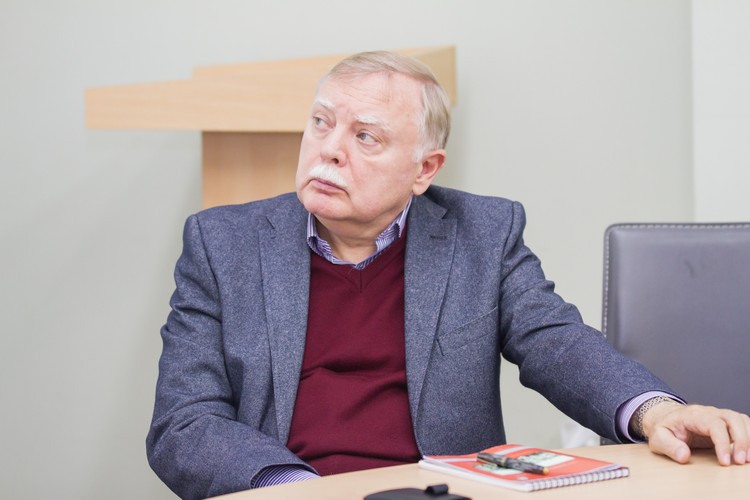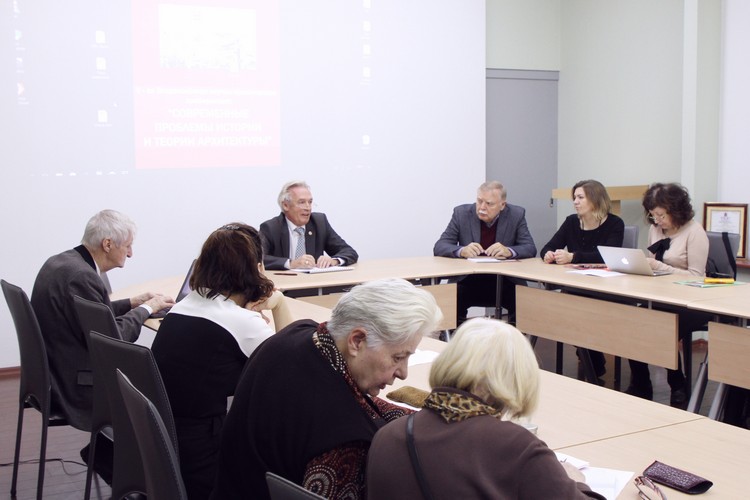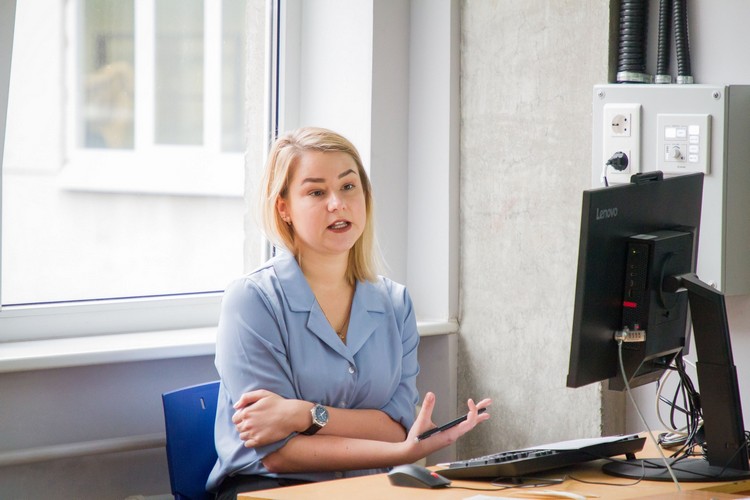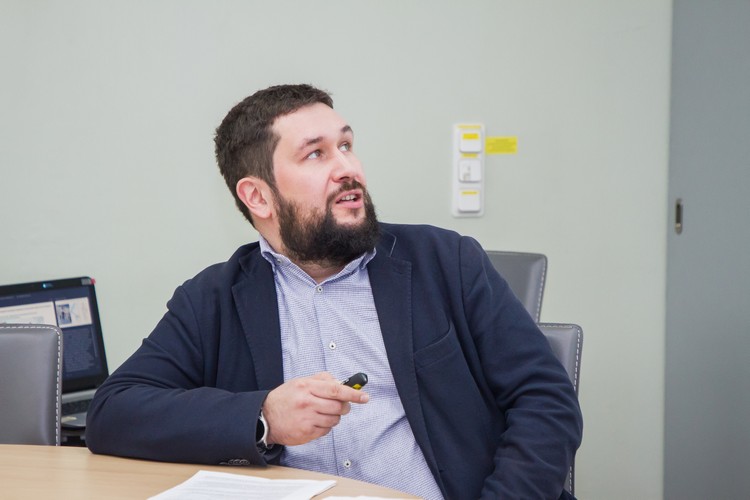“Without knowledge of the past there will be no present”
Participants of the 5th all-Russian scientific and practical conference on the "Modern issues in history and theory of architecture", which took place at SPbGASU on November 12-13, 2019, shared their experience and difficulties of their work. The subject of the discussion was the place of monuments in urban planning, architecture, history and culture in the modern world.
Student and graduate student section
“Culture has always been based on tradition. As Gustav Mahler once said, tradition is no worship of ashes, but the transmission of fire, that creative fire, thanks to which previous generations left us wonderful masterpieces in the field of art and architecture, which we all are dealing with now. Our task is to pass this creative fire to future generations. This mission is comparable to the mission of Prometheus. I wish you success in your work, the value of which is much greater than we can imagine,” said Valery Yu. Mostovich, Associate Professor of the SPbGASU Department of History and Theory of Architecture.
Conference presentations
The reports of the conference participants touched on a wide range of problems related to the preservation of priceless monuments of the past. Professor of Architecture at the KubGASU Oleg Stepanovich Subbotin, Doctor of Architecture, spoke about the evolution and development of the architectural and spatial environment of the Krasnodar Krai.
✔ In this region, there are over 18 thousand monuments of historical and cultural heritage, including the Byzantine and Middle Ages; 22 monuments of federal and 862 monuments of regional significance. The speaker advocated treating such monuments more carefully, keeping the balance between the construction of the new and the preservation of the old, in each case choosing the most rational solution. “Without knowledge of the past, there will be no present,” said O.S. Subbotin.
The report on the "Development of pedestrian communications in the historical city: St. Petersburg and the European experience" made the acting head of the SPbGASU Department of Architectural Environment Design Andrei V. Surovenkov.
✔ The transport development strategy in St. Petersburg suggests that the main actors in the city are pedestrians, for whom it is necessary to create safe and convenient conditions for moving around. However, in our city, cars are at the forefront. This entails an increase in traffic jams and traffic accidents in the city center, and deterioration of the environmental situation. Many people see a solution to the problems in replacing traffic flows with pedestrian zones, without taking into account the density of the road network per city dweller. In St. Petersburg, this figure is not too large: it is only 10 square meters per resident of the city. Therefore, A. V. Surovenkov proposed to look for other possibilities, to lay in-yard communication tunnels, to create ways for pedestrians to move along the in-yard outbuildings.
At the conference, a section of undergraduate and graduate students was organized; its participants shared the results of their scientific research.
SPbGASU graduate student Ekaterina Polyashova spoke about the architectural and artistic principles of conservation of ruined objects. By the term of “ruins”, the author of the report meant historical objects abandoned by people, ceased to function and steadily destroying by the action of nature, or deliberately destroyed by man.
✔ With a tremendous amount of restoration work carried out since the 1940s, up until now, in the city and the region, there are many ruins that are guarded at different levels: for example, the Ropsha Palace, the Manége of the Exemplary Cavalry Regiment in Pavlovsk; the Vasily Levy’s dacha in Zelenogorsk, which has the status of a revealed cultural heritage object. Unfortunately, there are still cases when the status of the object of cultural heritage is taken away from the monuments, which entails their subsequent complete destruction. But there are examples of the successful preservation of such objects. According to E. Polyashova, working with such objects is a difficult task. Each of them requires the deepest comprehensive analysis, an individual approach. It is very important to show architects that historical objects, even if preserved only fragmentarily, can be carriers of incredibly important information, a huge emotional charge, and have high aesthetic value.
{gallery name="Конференция история архитектуры 2019"}
The work of the youth section is especially relevant in connection with the implementation of the national project "Science", within the framework of which it is planned to provide conditions for young scientists to carry out research and development.
Text: Tatyana Petrova
✔ Learn more about the department of History and Theory of Architecture, fields of study and disciplines at it







